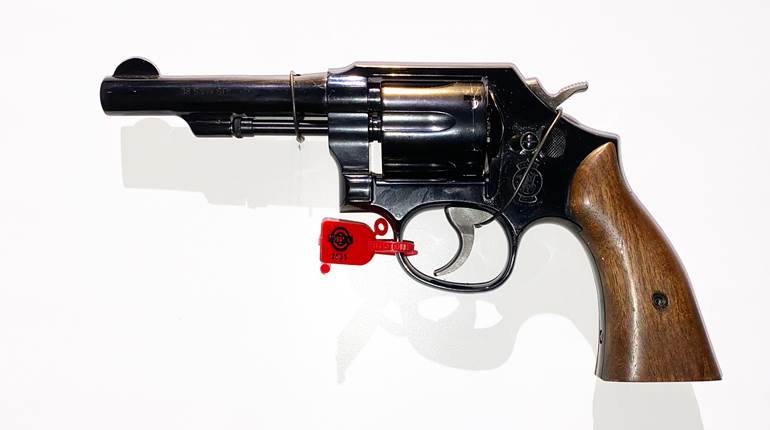
Americans from all walks of life use firearms for all manner of legitimate purposes—accounting for significant economic activity. In fact, according to a recent report from the National Shooting Sports Foundation, the U.S. firearm and ammunition industry generated $90 billion in revenue and supported more than 384,000 full-time jobs last year. The industry also paid nearly $11 billion in state and local taxes in 2023, in addition to $944 million in federal excise taxes that directly contribute to wildlife conservation.
With that amount of business on the line, it’s no wonder that firearm and ammunition companies are continuously engaged in improving their products and that consumers and professionals rely on them and enjoy using them to refine skills and tactics, driving even more innovation. Sometimes, the result is an unexpected new model emerging from a familiar brand.
The Taurus name has long been associated with revolvers and semi-automatic handguns in the American market, but the company’s Brazilian parent—founded as a tool-and-die forging operation 100 years ago—has far deeper experience that serves as a resource for the exploration of new market segments by its Taurus USA offshoot. The company’s latest new model is aimed at the highly competitive realm of performance-oriented bolt-action rifles. In “Taurus Embarks On A New ‘Expedition’,” contributor Matt Robertson, an inveterate student of riflecraft and occasional competitor, puts the new bolt gun through its paces to learn whether it checks all the right boxes.
Senior Executive Editor Kelly Young takes a close look at one of the latest ammunition products from one of the biggest names in that market segment. In “Solid And To The Point: Remington’s Premier CuT,” he explains that the lessons learned by Big Green in its Core-Lokt Copper and Core-Lokt Tipped lines have been used to create an all-new one called CuT. Available in nine popular chamberings, its bullets offer aerodynamic efficiency along with high retained weight and deep penetration on game across the spectrum of hunting ranges.
In “Arming My Daughter Part II: Sampling Mid-Size Nines,” Field Editor Justin Dyal picks up where he left off in "Arming My Daughter: A Defensive Handgun Trainer's Personal Tale," in which he helped his daughter Laney learn how to handle the recoil of several self-defense chamberings. With the step up from .380 ACP to 9 mm Luger, she finds that proper technique is necessary to master the more potent cartridge in small, light handguns and that moving up to a larger pistol can be worth the added size and weight.
Field Editor Bruce Canfield provides the historical context for “Uncle Sam’s Last Trench Gun,” which was, in fact, the Winchester Model 1200 pump-action. Following in a revered line of such combat arms as the company’s Model 1897 and Model 1912, which were in use by U.S. soldiers even before the advent of the First World War, the Model 1200 was on duty for action in Desert Storm and Afghanistan—and remains in some National Guard armories to this day.
Guns such as those mentioned above are depended upon by hundreds of millions of citizens, law-enforcement personnel and service members alike across our country and elsewhere every day. And every month we are privileged to report on their technological, educational, commercial and historical merits as a means of informing and entertaining our readers: members of the National Rifle Association. In the process, we hope to instill in all Americans a collective appreciation for the positive benefits that firearms have in free society.




































